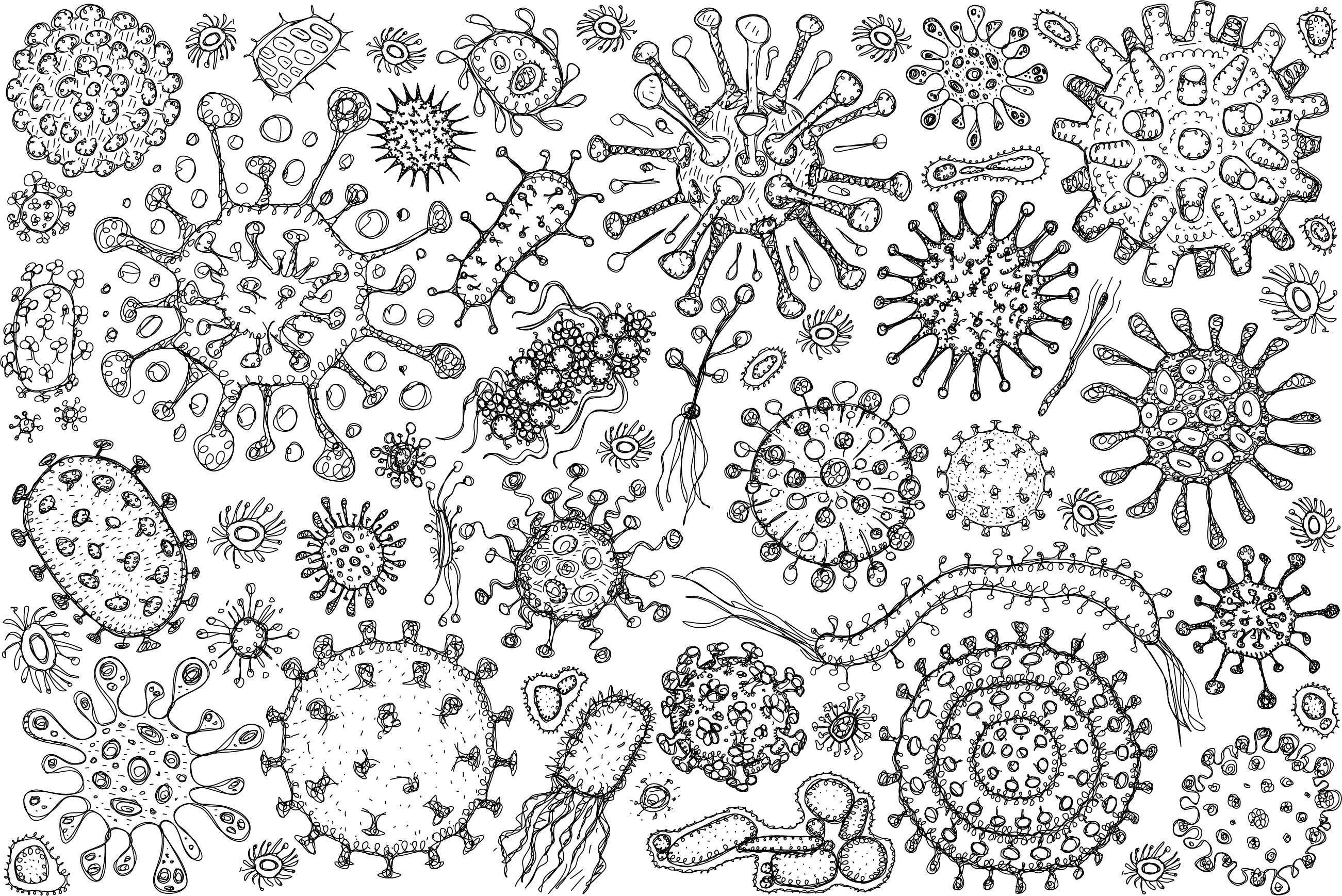
Seminar: Mobilizing a Molecular Fossil: Contributions of Polyphosphatases (& Adaptor Protein Complexes) to Cryptococcos
Abstract: Cryptococcus neoformans, one of the highest-ranked ‘critical’ fungal pathogens on the World Health Organization’s (WHO) Fungal Priority Pathogens List (FPPL), primarily impacts individuals with compromised immune systems. Previous research has demonstrated that C. neoformans cells lacking polyphosphate (polyP), a phosphorus storage molecule, display an altered cell surface architecture and an increased proliferation in the lung tissue of infected mice compared to wild-type cells. However, the relevance of surface changes and the role of polyP in the virulence of C. neoformans remain unclear. We have shown that mutants lacking the polyphosphatases (Xpp1 and Epp1) are attenuated for virulence in a murine inhalational model of cryptococcosis and provoke an altered immune response. We have highlighted the role of these proteins in the organization of cell surface, virulence factor production, response to various cellular stress and mitochondrial function to show that polyP mobilization has a multifaceted role in the pathogenesis of C. neoformans. Additionally, we have uncovered a role of Vam6/Vps39/TRAP1 domain protein, Vam6, in regulating polyP homeostasis and orchestrating intracellular trafficking of polyP. Adaptor protein (AP) complexes have crucial roles in endocytic and secretory pathways, being involved in vesicular trafficking to maintain the physiological functions of eukaryotic cells. We have shown that the AP-1 complex is required for the elaboration of virulence factors, including the production of melanin and urease, and for virulence in the murine inhalational model of cryptococcosis. Cells deficient in AP-1 complex subunits exhibit abnormal cellular morphology, particularly at elevated temperatures and in the macrophage phagolysosome, and have an altered cell surface architecture. Additionally, we have highlighted the role of these proteins in the trafficking of polyP.
LSC 3 (Life Sciences Institute - 2350 Health Sciences Mall) MBIM itsupport@microbiology.ubc.ca America/Vancouver publicSeminar: Mobilizing a Molecular Fossil: Contributions of Polyphosphatases (& Adaptor Protein Complexes) to Cryptococcos
Abstract: Cryptococcus neoformans, one of the highest-ranked ‘critical’ fungal pathogens on the World Health Organization’s (WHO) Fungal Priority Pathogens List (FPPL), primarily impacts individuals with compromised immune systems. Previous research has demonstrated that C. neoformans cells lacking polyphosphate (polyP), a phosphorus storage molecule, display an altered cell surface architecture and an increased proliferation in the lung tissue of infected mice compared to wild-type cells. However, the relevance of surface changes and the role of polyP in the virulence of C. neoformans remain unclear. We have shown that mutants lacking the polyphosphatases (Xpp1 and Epp1) are attenuated for virulence in a murine inhalational model of cryptococcosis and provoke an altered immune response. We have highlighted the role of these proteins in the organization of cell surface, virulence factor production, response to various cellular stress and mitochondrial function to show that polyP mobilization has a multifaceted role in the pathogenesis of C. neoformans. Additionally, we have uncovered a role of Vam6/Vps39/TRAP1 domain protein, Vam6, in regulating polyP homeostasis and orchestrating intracellular trafficking of polyP. Adaptor protein (AP) complexes have crucial roles in endocytic and secretory pathways, being involved in vesicular trafficking to maintain the physiological functions of eukaryotic cells. We have shown that the AP-1 complex is required for the elaboration of virulence factors, including the production of melanin and urease, and for virulence in the murine inhalational model of cryptococcosis. Cells deficient in AP-1 complex subunits exhibit abnormal cellular morphology, particularly at elevated temperatures and in the macrophage phagolysosome, and have an altered cell surface architecture. Additionally, we have highlighted the role of these proteins in the trafficking of polyP.

